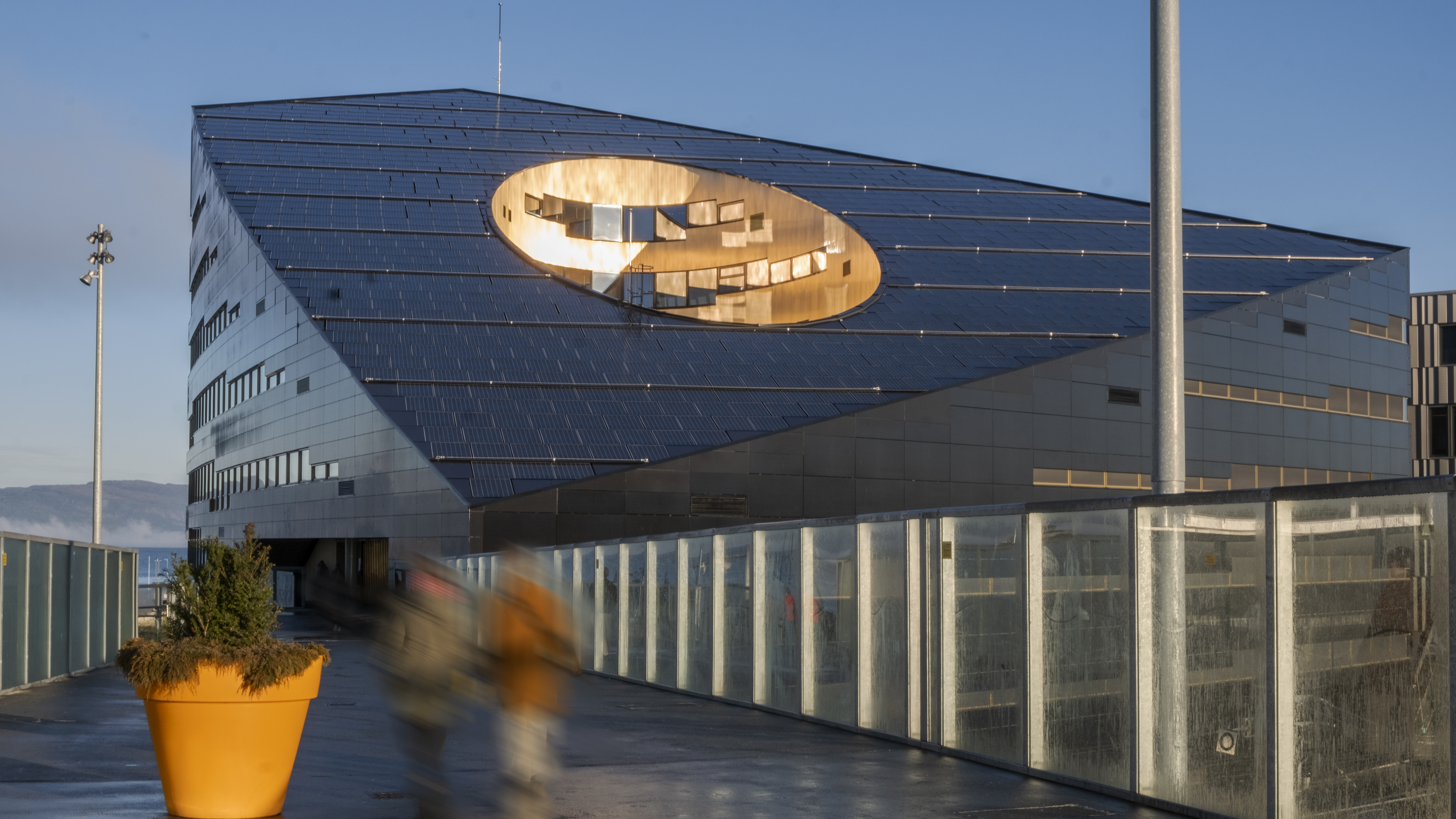

With 200 apartments, the Powerhouse Lade project demonstrates how homes can become part of the climate transition, and how the Powerhouse concept continues to lead the way in energy efficiency.
Powerhouse is a collaboration of companies, including Skanska, dedicated to an innovative concept: buildings that produce more energy than they consume. Each Powerhouse project showcases best-in-class examples of problem-solving innovations that can be implemented today to transition the built environment to net zero.
'How can we make a plus-energy building?'
Tonje Frydenlund of Snøhetta, the architecture office behind Powerhouse, explains how the collaboration began:
“The partnership started with finding each other back in 2010: Snøhetta, Skanska, the environmental organization ZERO, the property company Entra and the consulting company Asplan Viak. We asked ourselves: how can we make a plus-energy building? That was the starting point and that is why we are called Powerhouse.”
The collaboration developed over the next 12 years, generating know-how that continues to spark imagination and development.
The first project was renovating and improving the energy efficiency of Powerhouse Kjørbo office buildings originally built in the 1980s in Sandvika outside Oslo. These became the first energy-positive buildings in Norway, and probably the first renovated energy-positive buildings in the world. The Powerhouse collaboration has continued to refine methods for energy-positive buildings and scaled the concept to the Drøbak Montessori school and Telemark and Brattørkaia office buildings.
'It has to produce more renewable energy than it consumes during operation'
How would you describe a Powerhouse building? Rune Stene, head of the Powerhouse collaboration at Skanska, explains:
“A Powerhouse is a building that is designed and built to reduce its life-cycle carbon emissions to a minimum. It also has to produce more renewable energy than it consumes during operation. Tenants become part of the net-zero transition.”
At Kjørbo, energy used for heating and cooling was minimized by combining the buildings’ energy plant with wells and a heat pump, which provide the base load. In addition, the buildings receive energy from one of Norway’s largest building-integrated solar plants. After the renovation, their energy need was reduced by more than 86 percent and tenants today report a better indoor climate and more comfortable temperatures.
'It is a tool for achieving climate goals'
Henrik Ahnström, Director of Innovation in Commercial Development Nordics at Skanska, says Powerhouse creates value for stakeholders and society by demonstrating a new way of working.
“What makes Powerhouse stand out is that it is not just about the end results – it is a way of working,” he says. “It is not just a brand. It is a tool for achieving climate goals. Using
Powerhouse and scaling it across borders, and across Skanska, will help us connect, learn from different markets and become better. I see this as another way in which innovation is strengthening both our offering and our reputation in the marketplace.”
